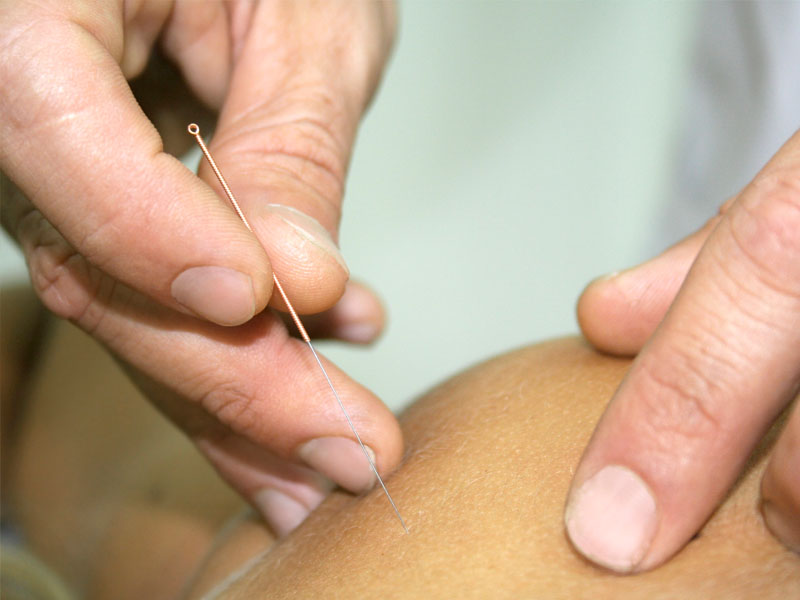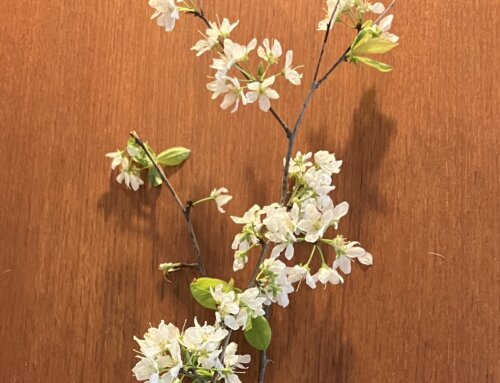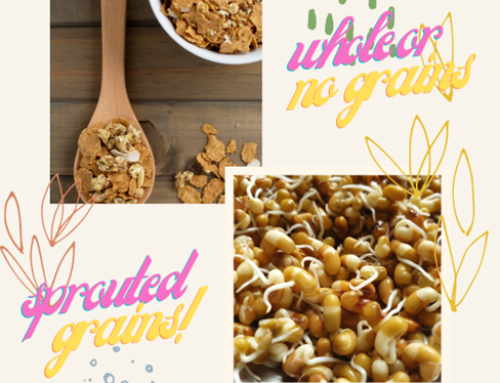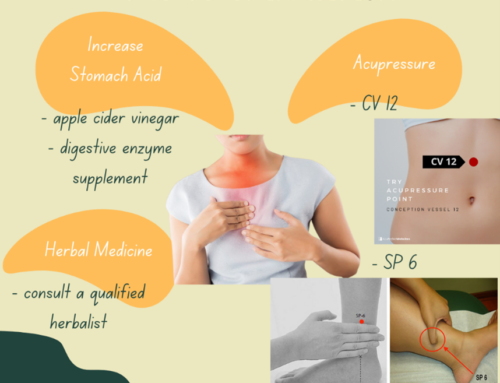Acupuncture versus Dry Needling
Are you confused about the difference between dry needling and acupuncture?
Well, that is ok as I often have people ask what is the difference between acupuncture and dry needling.
Dr Jeff Shearer from Evolve Natural Medicine has written a very comprehensive but succinct article on the differences between the two.
http://evolvenaturalmedicine.com.au/dry-needling-newcastle/
But here is a brief run down.
Dry needling is a technique that is used by physiotherapists, myotherapists, oesteopaths and chiropractors. Some dry needling courses only need 16 hours of training to be able to practice. It is the insertion of a needle into a myofascial trigger point (MTrP), tendon or a joint to release tightness or pain and sometimes to increase the range of motion in a limb. MTrPs are hard, palpable nodules in a taut band of skeletal muscle that may be painful at rest or when you touch it. Often the therapist is wanting to achieve a ‘twitch response’ to release the tight muscle when the dry needling is done. This can be a bit prickly at times…
In Chinese Medicine Ancient texts describe MTrPs as Ashi points (points in a muscle that are tender and tight when pressed). These MTrPs were written about over 1000 yrs ago and many different needling techniques were developed over that time to release the tension and pain in these Ashi and MTrPs.
Similar to the twitch response (but more subtle) is a term used in acupuncture called ‘De Qi’ and this is a sensation that happens when a needle is inserted and there is the arrival of qi (energy) at the acupuncture point. This can be felt occasionally by the patient and often by the acupuncturist.
At Renew Acupuncture Clinic thinner / finer needles are used in your treatment than those that are traditionally used in dry needling and a ‘twitch response’ is not always found to be necessary to get a successful result for the patient.
Kim has completed a certificate in dry needling in 2013. Working as a nurse for 17 years and studying Nursing, Remedial Massage and Acupuncture allowed for her to study the anatomy, musculature and workings of the body in great detail. Kim knows what part of your anatomy will be below the skin when she inserts a needle into your body.
During her Masters degree to become a registered acupuncturist, Kim performed over 500 hours of supervised clinical practice and a clinical hands-on acupuncture internship in a busy hospital in Hanoi Vietnam. Like a painter with a paint brush, Kim uses the needles gently and smoothly to perform acupuncture and at times dry needling if necessary.
Please review the other pages on this website and the blog to see what else acupuncture is used for other than muscular dysfunction and pain. https://www.acupuncture.org.au/resources/publications/the-acupuncture-evidence-project-a-comparative-literature-review-2017/
If you’re interested in dry needling, book in with an expert in needling
Book in with Kim today.









Leave A Comment